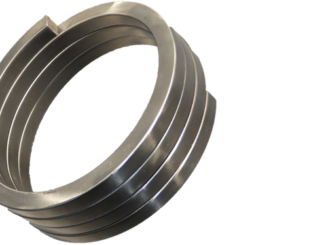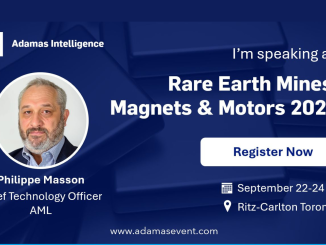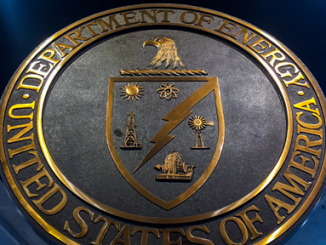AML Superconductivity and Magnetics and Argonne National Laboratory have announced that one of the world’s most sophisticated superconducting magnet systems passed a landmark reliability test that demonstrates its suitability for wide-scale commercial application. The successful test is the latest in a series of recent AML milestones that promises to accelerate the “mainstreaming” of superconductivity into such high-impact applications as power generation and distribution, advanced medical procedures, electric-powered transportation and wastewater treatment.
AML president Mark Senti stated that while the magnet system that was tested is intended for use in an international science project located in Europe, its fundamental design employs an array of enabling superconducting magnet and manufacturing technologies, and unprecedented field characteristics. This design has now been validated for broader use in such platform products as rotating machines including significantly smaller, lighter and super efficient motors, generators, and all-electric propulsion systems.
“We now have the proven building blocks and comprehensive end-to-end development process to make superconductivity practical and affordable on a broad commercial scale for the first time since it was discovered over 100 years ago,” said Senti, “Now, by offering application development services and defined field-of-use technology license agreements to visionary companies, we can rapidly propagate the application of superconductivity in critical multi-billion-dollar markets while addressing some of humanity’s most pressing challenges.”
Jerry Nolen, Distinguished Fellow of Argonne National Laboratory, oversaw the complex and stringent qualification test, conducted at the National High Magnetic Field Laboratory in Tallahassee, Florida. “This test has redefined the standards of magnetic performance and represents a long-awaited breakthrough in the advancement of superconducting technology,” said Nolen.
AML’s Chief Technology Officer, Dr. Rainer Meinke, is responsible for the creation of the proprietary end-to-end process that yielded the company’s sophisticated magnet technology. “Our approach combines proprietary materials and revolutionary magnetic coil configurations to overcome the most persistent challenges of superconducting systems.” Meinke asserted, “As a result, our magnet technology not only demonstrates previously unobtainable field characteristics, it also achieves the reliability required for
broad commercial adoption.”
According to Meinke, breakthrough performance characteristics demonstrated in the test include:
- Unprecedented field uniformity, whereby very high field quality is maintained over the entire magnet, including the coil ends, without the need for correction coils.
- Zero quench training, which validates the system’s stability and reliability, and significantly reduces system cost by eliminating the need for extensive testing.
- Rapid power ramping, while still maintaining high field quality and stability.
- The integration of multiple complex coil configurations: the AML system incorporated four separate, independent configurations, all within the same field volume.
The landmark quench test follows two other significant developments for AML and its technology: One occurred in 2012, when the US Department of Energy (DOE) selected AML’s design for a superconducting generator as the department-endorsed standard for large scale, high-efficiency offshore wind turbines. The generator is designed to produce greater than 10 megawatts of electricity, enough power for more than 5,000 homes, at half the size and weight of conventional generators. “This design, thoroughly vetted and validated by DOE, is ready for a viable licensing partner to commit to full-scale
demonstration and volume manufacturing,” said AML’s Vice President of Development, Vernon Prince. “And the market is big. Projected global growth trends in offshore wind energy indicates a need for thousands of such generators over the next 10 to 12 years, totaling over $30 billion.”
The other recent landmark event in AML’s march toward commercialized superconductivity is the formation of The New Century Alliance—a $20 million joint venture that teams AML with Chile’s Advanced Innovation Center and Avina, the sustainability-focused social impact foundation. The joint venture will serve as global venue for demonstrating the commercialization of superconductivity for energy and the environment. It’s stated mission is to accelerate demonstration and global commercialization of superconductivity for energy and the environment, improve the quality of life at the “base of the pyramid.”
“These most recent AML milestones bring our nearly 20 years of research, innovation and strategic partnerships with leading corporations and institutions into a sharp, highly focused path toward the successful mainstreaming of superconductivity,” said Senti. “We’re confident and motivated in our role as market leader in this technology, and welcome to opportunity to work with visionary companies to transform markets around the world.”




1 Trackback / Pingback
Comments are closed.